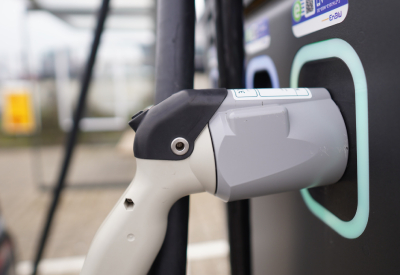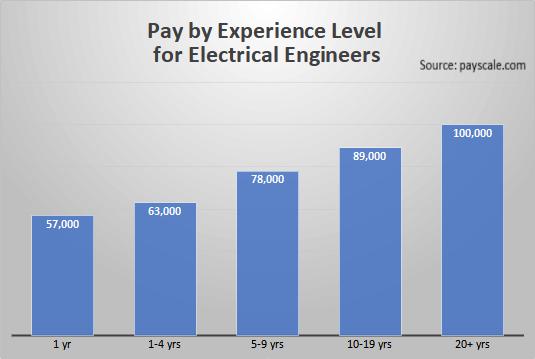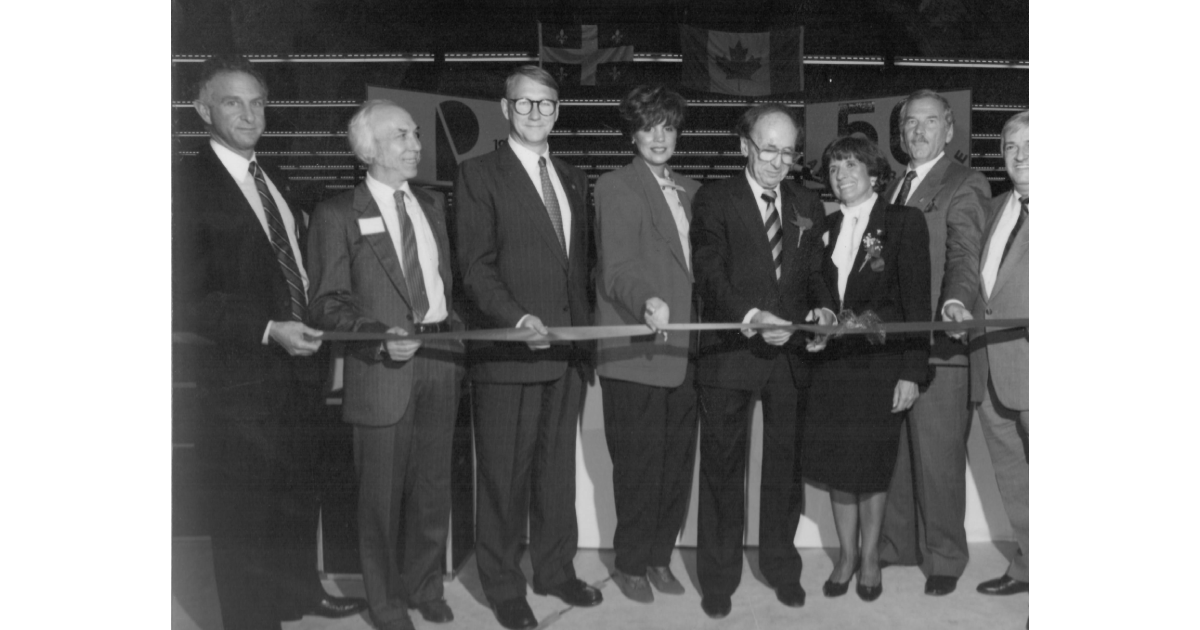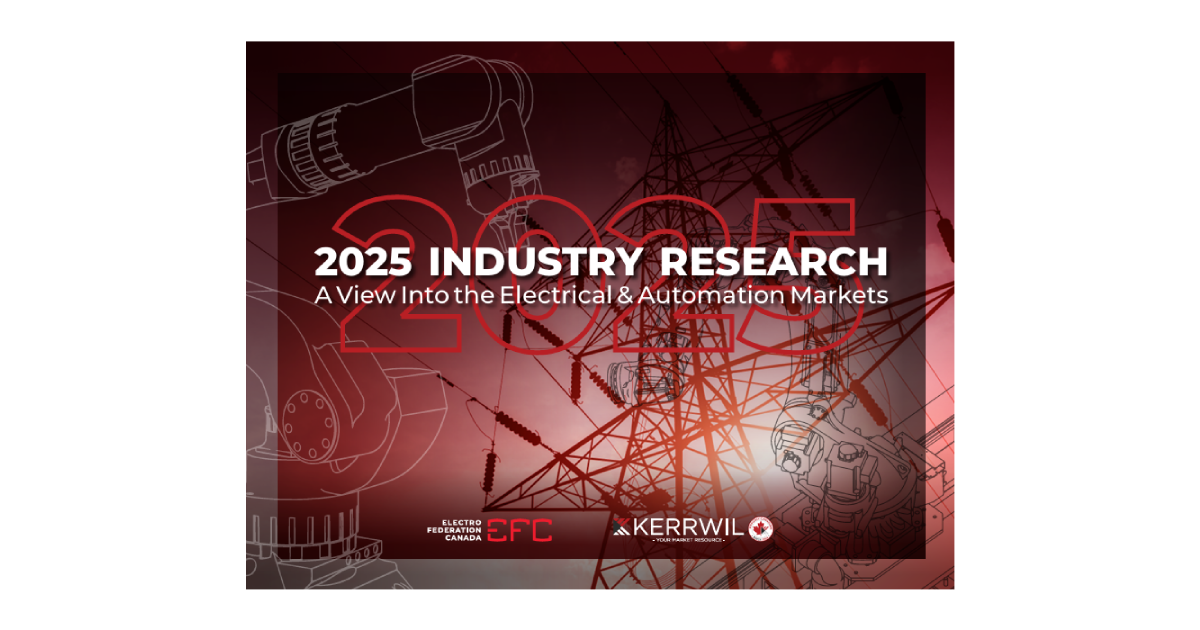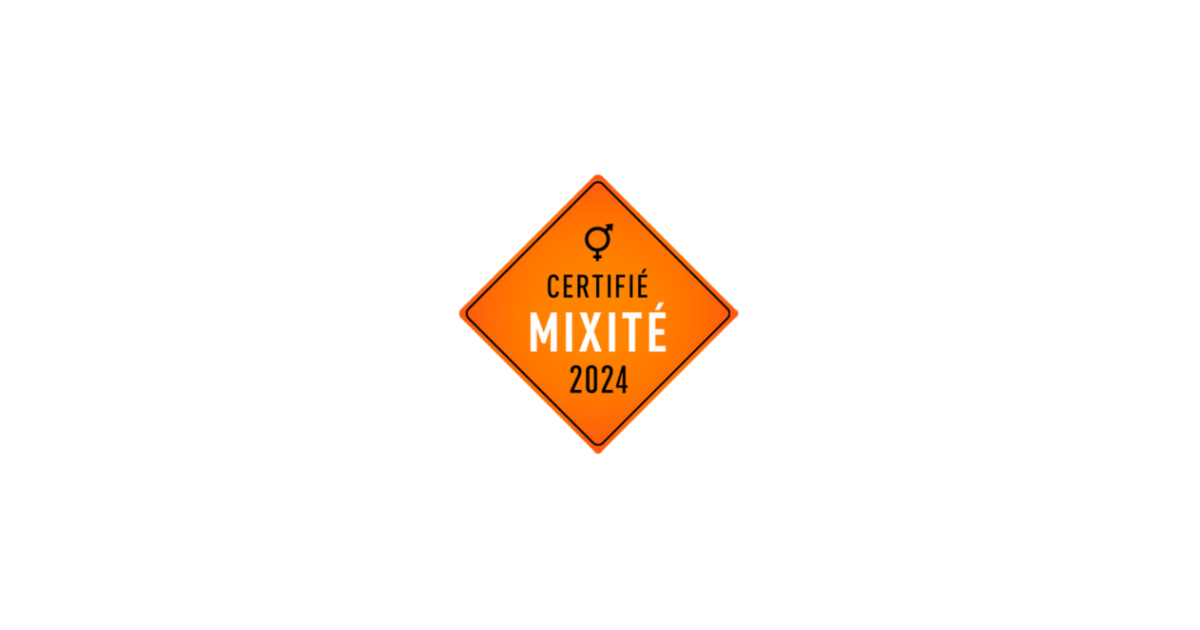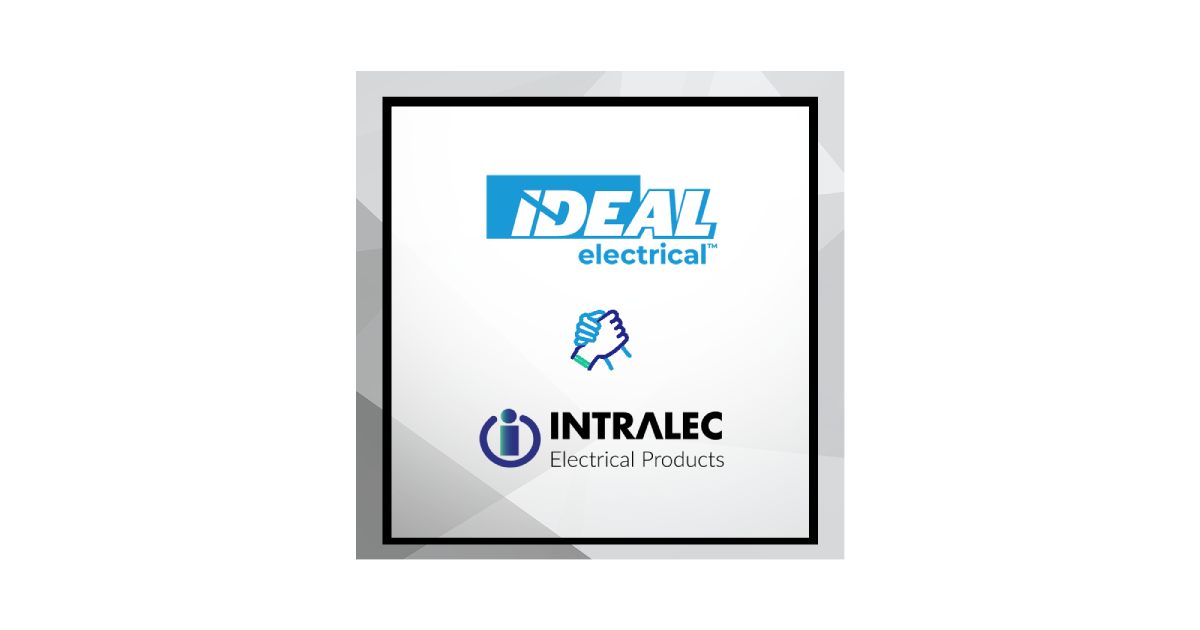Steven Lupo on AMI 2.0 and How Technology is Impacting the Utility Sector
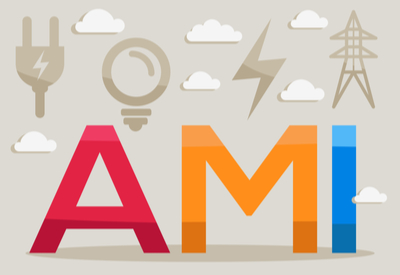
August 30, 2021
By Blake Marchand
Steven Lupo, Managing Director of Trilliant Canada says this is a critical time for utilities as the industry shifts towards more-connected technologies.
“Of course, anyone in the municipal services industry would comment that there’s always some form of disruption and challenge going on from various factors,” he said. However, the utility sector is on its way toward the second technological wave of Advanced Metering Infrastructure (AMI). Similar to Industry 4.0 in industrial and manufacturing sectors, AMI 2.0 represents the implementation of edge computing, cloud services, IT, and software data analytics to streamline operations and improve services, with the potential of increasing revenue.
An Evolution
“When we refer to AMI 1.0, it was a relatively simple approach that aimed at removing manual meter reading and improving customer service,” Lupo explained.
The mandate of AMI 1.0 was to have more billing and operational data available for municipalities and utilities, and there was a lot of focus on it from a political perspective because public money had been invested.
As part of the AMI 1.0 initiative, data recorders were installed in meters to log and store data, but the sharing and actioning of this data became a challenge.
Utilities started collecting data to better inform billing and customer service, but without technologies like analytics and edge computing, the amount of data made it difficult to use effectively.
“Not just to organize, design, and present the data, but how do we make it actionable?” noted Lupo.
There was a whole paradigm shift, said Lupo. Making operational data actionable requires infrastructure – more comprehensive servers, IT, and data centres to help manage and synthesize data. It also requires a shift in perspective and cooperation between internal functional groups.
 “It started as a billing requirement, but what about all the great operational data that comes with it? For example, if there’s a power outage event at this residence, or series of residences, that’s good for billing to know, but it’s absolutely critical for engineering and distribution services to be aware, different entities within an organization also need to have that information.”
“It started as a billing requirement, but what about all the great operational data that comes with it? For example, if there’s a power outage event at this residence, or series of residences, that’s good for billing to know, but it’s absolutely critical for engineering and distribution services to be aware, different entities within an organization also need to have that information.”
The technological landscape within the utility space is more or less on a 10-15 year cycle, Lupo noted. “And that’s the pivotal point we’re at now.”
AMI 2.0
The majority of the infrastructure associated with AMI 1.0 has been in place for about 10-15 years Lupo noted, and with respect to AMI 2.0, “The new player to the table is: what is the potential to better action and potentially monetize the data? Which I find very interesting.”
“For a municipality or a utility – they’re regulated entities within a very defined space – the opportunity to potentially create a for-profit revenue generating business, which is typically done as a deregulated entity, is very real. So, we’ve seen these (projects) with a lot of different utilities that have deregulated entities.”
This would mean utilizing and ultimately monetizing some of the information and data that comes from the regulated side, in addition to the operational efficiency needs of the business.
“We’ve seen some of this already with utilities making the leap into distributed generation, solar, co-gen, things like that… I think there’s a lot more of that to come,” Lupo says.
“AMI 2.0 is coming along with all the tag lines that are actively promoted and marketed today: edge computing, analytics, and more. The sheer amount of data, the throughput, the bandwidth, the ability to do things like real time video streaming; all of that is part of the AMI 2.0 repertoire.”
Modularity
A lot more is possible when it comes to the technologies currently available and those being developed, but Lupo argues that the approach should be modular and flexible over the life of the project, regardless of the tech used.
“When you look at it as a whole, it is important to maintain a pragmatic view. ‘The art of the possible and the ability to do so is there,’ but implementing technology simply for the sake of doing technology or following the latest marketing-driven initiatives can prove to be a mistake. Understanding the real business needs, the element of change and how investment in these systems directly benefits Ontarians must be at the forefront of the planning and execution process”.
He notes what Trilliant brings to the table is that pragmatic view and flexibility throughout the operating life of a system. Requirements can change quickly, and choosing solutions like Trilliant’s promotes modularity and upgradability in the field while protecting against solution obsolescence. Many of these utility projects are designed with mass front-end investment based on perceived future specifications. Trilliant’s solutions are unique in our ability to protect consumers from overinvestment, enable flexibility and ensure solutions exceed Canada’s environmental and regulatory demands
“What’s different about what Trilliant offers is the agility to change things along the way. Potentially starting with base functionality (at much lower cost) then augmenting the solution with different assets from various manufacturers, sensors, , communication types, and the bandwidth capabilities of the system down the road as business plans materialize and mature – that’s the key thing, a pragmatic approach to digitalization.”
AMI 1.0 was a government mandate that came down with a definitive date and many companies hit the ground running roughly around the same time, scrambling to meet that deadline, he explains. But AMI 2.0 can be done under planned timelines and in a more collaborative environment.
“Trilliant plays a key role when it comes to bringing the industry together and helping to facilitate solution collaboration. We have great examples where we’ve been able to bridge the gap not only between utilities but also to the brilliant private sector, particularly here in Canada”
Customer Experience (CX)
When it comes to monetizing the information and data utilities collect, the focus right now is energy management in the home.
Typically, consumers don’t have much insight into their energy consumption beyond a bill at the end of the month. But, knowing how much energy each appliance is using can go a long way to empowering consumers to reduce personal consumption. Whether or not an appliance is functioning properly will likely be reflected in the amount of energy it’s consuming, for example.
“Consumers today have a desire and need to have more insightful data at their fingertips,” said Lupo. Interacting with existing smart home innovations and digital assistants will be key to adopting such technology.
“To use energy more wisely and efficiently, be aware of safety issues – this doesn’t just include data that comes off the meter, it does include connectivity directly into the home and into these appliances that I’ve mentioned — the air conditioner, HVAC devices, this type of connectivity will be part of the future and the utilities are looking to ensure they have a piece of that.”
AMI 2.0 represents a shift to more digital assets, where utilities and municipalities typically deal with physical, asset-based infrastructure. “That’s one of the challenges when you think about transitioning to what is really, now, a software and application world. That’s been a fundamental challenge we’ve seen over the last 15-20 years. Organizations have struggled at times to understand and adapt to that side of the customer service model.”
The industry is looking to present tools to the customer that are software and application based to maintain a connection to the customer that empowers them to do more. This hasn’t been as much of a priority in the past, Lupo said but is something that is shifting considerably.
Lupo noted that utilities and municipalities are motivated to establish a digital component on the consumer level, in part because they don’t want to lose relevance in the energy sector to those such as Google and Amazon. There are additional avenues into the kind of energy
management Lupo is talking about. Primarily, at the electrical panel. Sensors here can be utilized to track the usage of each circuit breaker, as well as through consumer devices like smart thermostats, lighting, and appliances.
Planning
“Today, with AMI 2.0, there’s a lot of promise that comes with the effective marketing of the various components; the opportunities appear to be endless. with edge-enabled meters on the side of every house.
Along with this leap in technical capability comes the increased important to adopt a pragmatic approach that rightfully questions the business narrative at each step of the technology journey. Because this is uncharted territory, it needs to be done in a pragmatic way that maintains agility over time.”
Lupo advises clients to be wary of one size fits all solutions and investing in something that is too far beyond the required scope to recoup the investment. “Maintaining flexibility of the solution throughout the entire lifecycle is the only way to guarantee an effective transition to AMI 2.0.”




